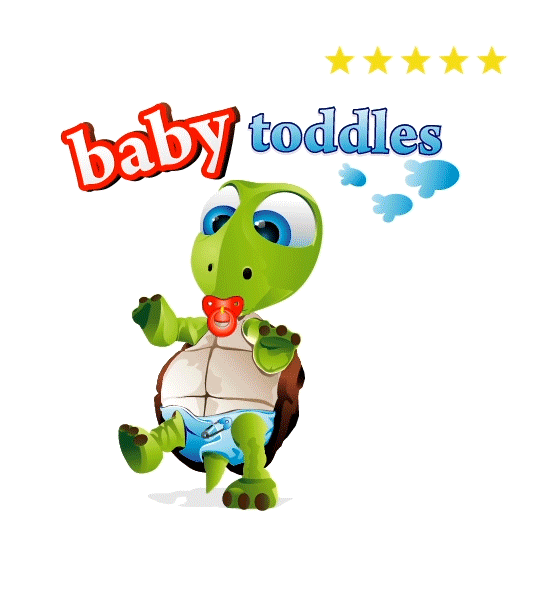Blog
Child Anxiety Treatment – Here’s a Useful Method
No parent wishes anxiety and fear on a child, but handling anxiety appropriately is part of growing up. If a child doesn’t learn how to handle anxiety effectively while they are growing up they are very likely to have life-long issues. That’s why appropriate child anxiety treatment is crucial.
Kids have trouble holding emotions in so their emotions often get acted out in behavior. Exactly what behavior a child exhibits when anxious varies from child to child. When anxiety strikes, a child may become aggressive. Or they may become depressed.
As adults, we all have to appropriately handle with some degree of anxiety. Learning to manage it successfully as part of growing up. As a parent, part of your job is to help your child learn how to handle normal degrees of anxiety successfully so it doesn’t interfere with their leading a happy and successful life. Right now I want to tell you about an exercise that will help you coach your children, especially young children.
Children experience emotions without being able to put a name on them. The abstract concept of being “nervous” or “anxious” doesn’t have much meaning for them. However, children learn to recognize the meaning of facial expressions at a very early age, even in infancy. Because of this, you can use pictures in a book or magazine to help young children become more expert at dealing with emotions.
For example, you can collect pictures of happy children, then sit with your child and ask questions such as “What do you think that boy feels like?”, “Why do you think he’s feeling like that?” “What do you think he’s thinking?.” You can also have fun with your child making up stories about what’s wonderful about the lives of the happy children in the pictures.
Next, you can look at pictures of children that appear anxious and ask questions about them. It’s possible that your child will answer questions about the anxious child in the picture in a way that reveals some things that are troubling them. Even if they don’t, you can ask a follow up question about what might help the child or how they could deal with their the problem causing the fear. You can use the discussion as a way to suggest possible solutions for your child to consider. Perhaps you could say something like “Well if I was that boy and I was worried about kids picking on me at school, I think I’d remind myself that no one has the right to pick on someone else and that their behavior says more about them than me. I also think I’d talk to Mom and Dad about it.”
Using pitchers in this way a cop this is a couple of things. For one, it teaches children that experiencing a range of emotions is a normal part of life. It also gives you the opportunity to coach them on ways to respond appropriately to anxiety.
You can find a lot of other ideas about helping kids overcome anxiety problems at Childhood Anxiety Disorder Help, which is a site dedicated to helping parents help their kids. You may also want to look at an excellent program called the Anxiety Free Child. With the help of their program, you can coach your child on how to reclaim their joy.

